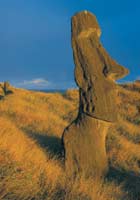Easter Island
Travel made your way ™
Chile
Sherry Ott

Atacama Desert
Augusto Dominguez

Lake District
Banco Imagenes ADS Mundo

Puerto Montt
Dora Dalton

Puerto Varas
Diego Grandi

Santiago
George Munro

Torres del Paine
Sherry Ott

Chile
Sherry Ott

Atacama Desert
Augusto Dominguez

Lake District
Banco Imagenes ADS Mundo

Puerto Montt
Dora Dalton

Puerto Varas
Diego Grandi

Santiago
George Munro

Torres del Paine
Sherry Ott























